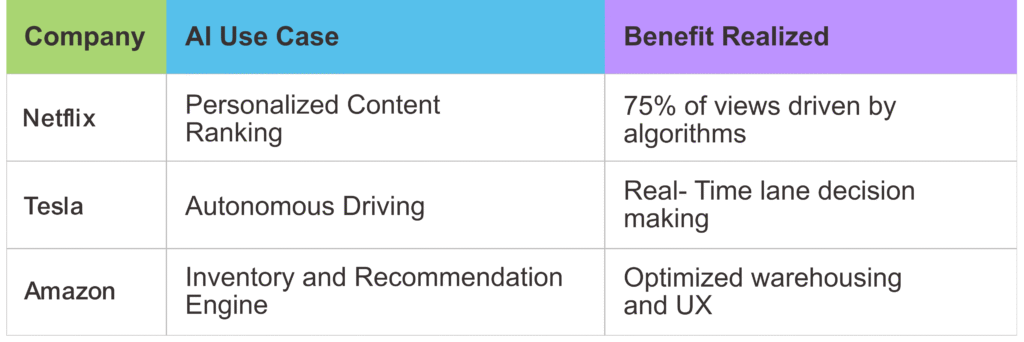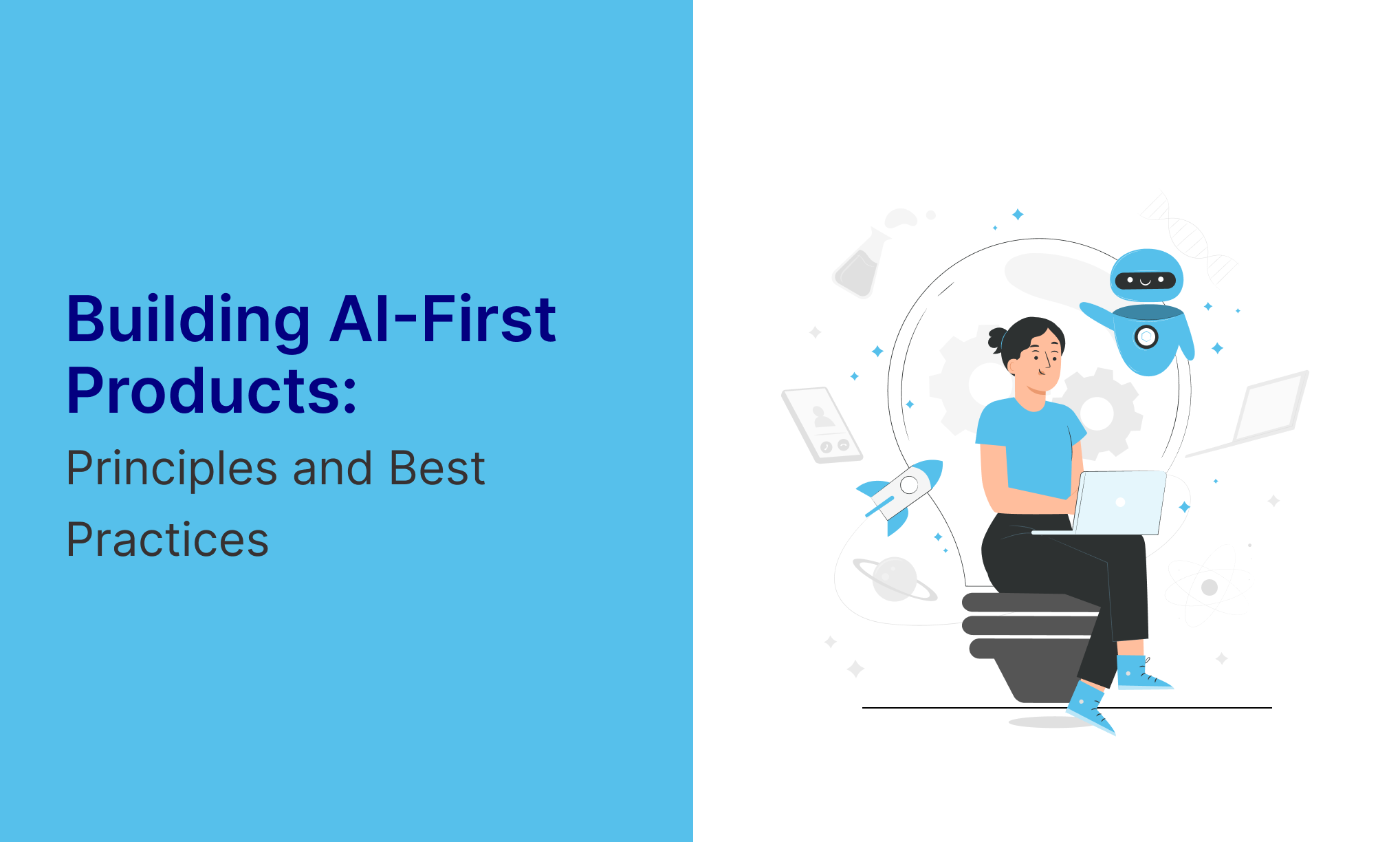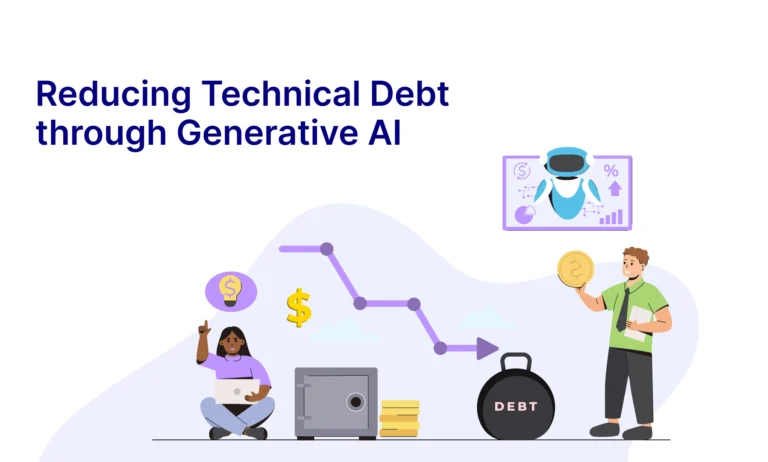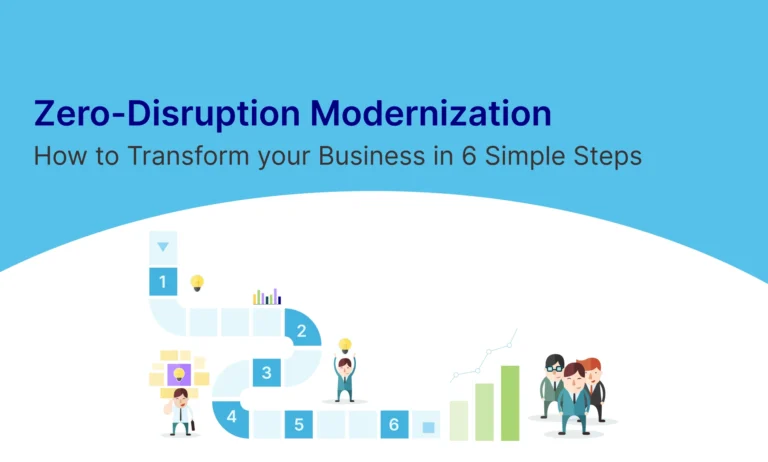Table of Contents
Abstract
This whitepaper presents foundational principles and best practices for building AI-first products. Designed for product managers, business leaders, and technical teams, it distils actionable strategies for embedding artificial intelligence at the core of product design, delivery, and innovation.
Introduction
AI-first products are not merely enhanced by AI—they are defined by it. These products rely on machine learning, data-driven decisions, and automation to deliver core value. The shift from AI-enabled to AI-first demands a new mindset, architecture, and product strategy.
Key Elements of AI-First Products
- Data as the Foundation
- Centralized, clean, and continuously updated datasets
- Real-time data ingestion and feedback loops
- Model-Centric Architecture
- Modular ML pipelines
- Scalable model training and deployment
- User Experience Reimagined
- Contextual UX powered by predictive insights
- Conversational interfaces, personalization
- Continuous Learning Loop
- Live model monitoring, retraining mechanisms
- A/B testing for model impact
- Ethics and Explainability
- Transparent decision-making
- Bias monitoring and mitigation

Strategies for Implementation
- Phase 1: AI Readiness Assessment
- Identify high-impact areas for AI integration
- Evaluate data maturity and tooling
- Phase 2: Rapid Prototyping & Validation
- Use low-code tools to test hypotheses
- Build MVPs with embedded ML models
- Phase 3: Scaling with Infrastructure
- MLOps: version control, CI/CD for ML
- Cloud-native architecture for elasticity
- Phase 4: Productization & Monitoring
- Feature toggle for model rollouts
- User feedback loop for continuous improvement

Key Benefits
- Enhanced User Personalization
- Faster and Smarter Decision-Making
- Operational Efficiency through Automation
- Scalability with Real-Time Learning

Successful Case Studies
- Spotify – Personalized music recommendations via collaborative filtering and deep learning
- Google Photos – Automated tagging, categorization using computer vision
- Duolingo – Adaptive learning paths tailored using user interaction data

Challenges and Considerations
- Data Privacy & Governance
- Model Interpretability vs. Accuracy Trade-offs
- Bias and Fairness in Training Data
- Talent and Tooling Gaps

Conclusion
Building AI-first products is not about inserting AI into existing apps. It’s about designing experiences around intelligence from day one. The most successful companies treat data as a strategic asset and AI as a native capability.
To win in an AI-powered future:
- Think beyond automation — think transformation.
- Build for scalability, ethics, and adaptability.
- Focus relentlessly on user outcomes and trust.









